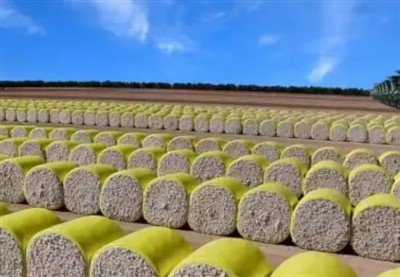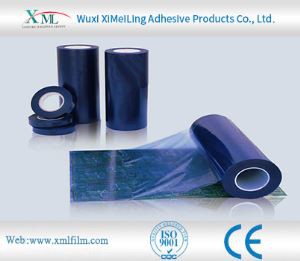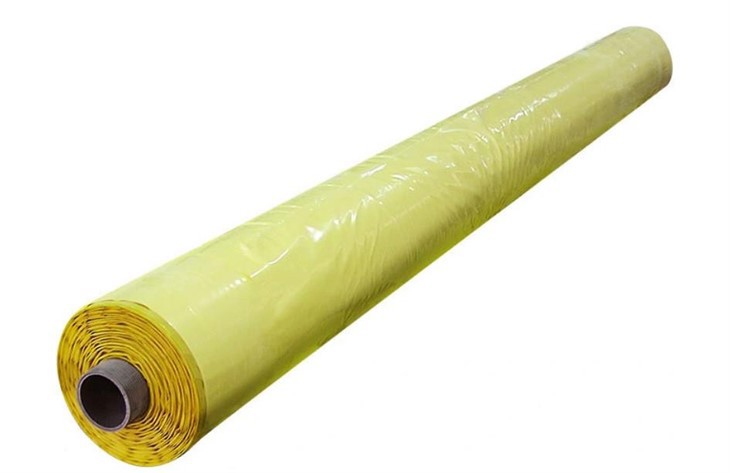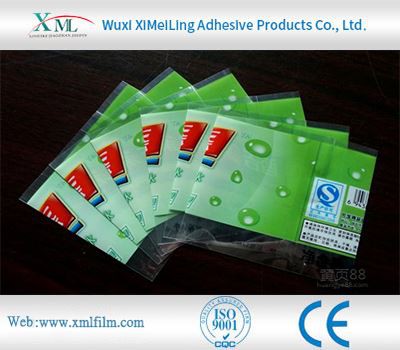How High Is the Tear Resistance of Cotton Bale Wrap Film
2025-05-22
The tear resistance of cotton bale wrap film is a critical factor in ensuring the protection and durability of cotton bales during handling, storage, and transportation. This property determines how well the film can withstand punctures, snags, and mechanical stress without rupturing.
Factors Influencing Tear Resistance
-
Material Composition
Most cotton bale films are made from linear low-density polyethylene (LLDPE) or high-density polyethylene (HDPE), which offer high tensile strength and flexibility. Some premium films incorporate reinforced layers or additives to enhance tear resistance. -
Film Thickness
Thicker films (e.g., 25–50 microns) generally exhibit higher tear resistance compared to thinner variants (15–20 microns). However, the manufacturing process and material quality also play a significant role. -
Manufacturing Process
Multi-layer extrusion and stretch-blown film technology can improve tear strength by creating a more uniform and durable structure.
Measurable Tear Resistance
-
Elmendorf Tear Test (ASTM D1922) measures the force required to propagate an existing tear. High-quality cotton bale films typically show 200–500 grams-force (gf) or more in machine and transverse directions.
-
Puncture Resistance (ASTM D1709) indicates how well the film resists sharp impacts, often exceeding 300–600 grams for premium films.
Practical Implications
-
High tear resistance prevents accidental rips during forklift handling, stacking, or exposure to rough surfaces.
-
Low tear resistance may lead to film failure, exposing cotton to moisture, dust, and contamination.
You Might Also Like
-

what are the advantages of cotton packaging film
-

The Advantages of Cotton Wrap Film
-

How does pe protective film cope with high temperature environment
-

Advantages of Cotton Bale Wrap Film
-

Storage method of cotton bale wrap film
-

How Polyethylene Packaging Material Copes with High Temperature Environment
